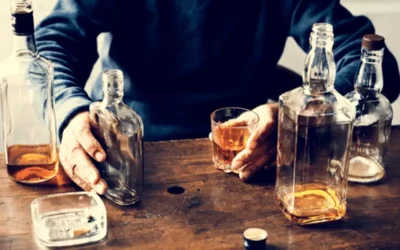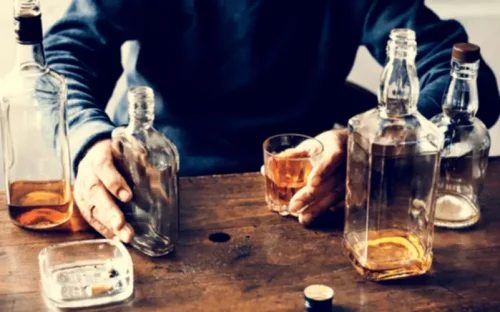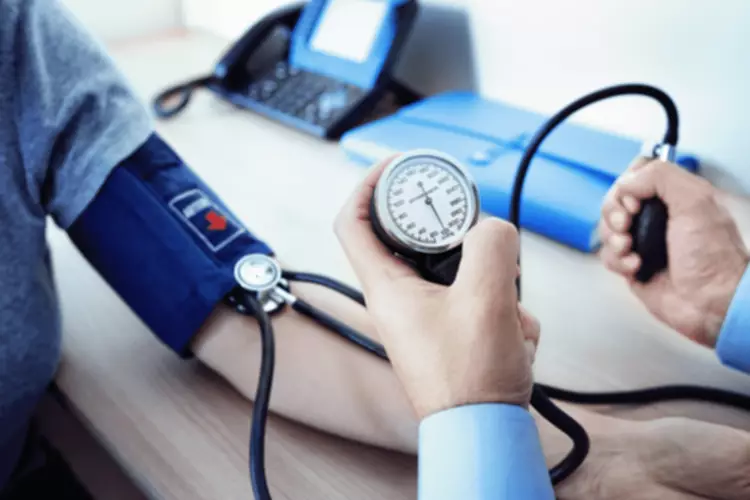
Of 80-proof (40 percent) alcohol; (2) consumed an average of 4 to 10 drinks at a party; (3) were able to consume at least 6 to 7 drinks on a single occasion (as required for the experimental procedure); and (4) had been intoxicated 2 to 12 times during the past year (Huber et al., 1976; Lansky et al., 1978). Vehicle miles traveled experienced a downturn in 2009—most likely from the financial crisis; it has since increased and is now at the highest level in U.S. history (FHWA, 2017). A recent study by the University of Michigan Transportation Research Institute found that from 2000 to 2016, total vehicle miles traveled increased by 15 percent, an increase accounted for by the increase in the U.S. population in the same time period (Sivak and Schoettle, 2017). However, the same study found that while urban vehicle miles traveled increased by 33 percent, rural vehicle miles traveled decreased by 12 percent; changes in urban and rural populations did not account for changes in urban and rural vehicle miles traveled (Sivak and Schoettle, 2017). Drunk driving assumed near pandemic proportions in the 1980s, and state legislatures rushed to control it throughout the 1990s-largely with increased surveillance, apprehension, and punishment, key elements in a deterrence model. Early in the twenty-first century, researchers and policy makers suggested that deterrence models poorly served us in the control of drunk drivers.
Getting Married, Tips for Wedding Transportation

Additionally, the existence of a transportation provider does not necessarily reflect access and ability to use it. It’s worth noting that current guidelines advise against drinking alcohol as a way to improve health. By contrast, another 2023 study found similar rates of death between nondrinkers and light to moderate drinkers. Heavy drinking can also cause problems well beyond the health of the drinker — it can damage important relationships. It’s all too common that problem drinking disrupts bonds with a spouse, family members, friends, coworkers, or employers.
Sign in to view more content
The Gallup poll also reports that beer is the most commonly consumed of the three beverage types (Beer Marketer’s Insights, 2017). In the United States, 82 percent of the volume of beer sales are made for off-premise consumption (e.g., supermarkets, convenience stores, and stores selling distilled spirits),7 while 53.7 percent of the dollar value of sales occur in on-premise establishments (e.g., bars and restaurants) (Beer Marketer’s Insights, 2017). Prices of alcoholic alcoholism symptoms beverages sold for off-premises consumption have become significantly more affordable from 1950 to 2011.
THE ALCOHOL ENVIRONMENT
Significant decreases in alcohol prices have resulted in large part from decreases in federal and state tax rates, particularly in the 1960s and 1970s (see Chapter 3 for more information on alcohol pricing and taxation) (Kerr et al., 2013a). More recently, product developments from the alcohol industry have led to lower priced options for consumers. Alcoholic energy drinks and premixed, ready-to-drink products, often with high alcohol and sugar contents, have been developed with younger and more cost-conscious populations (e.g., college students) in mind (Babor et al., 2018). In addition, alcohol may reduce the risk of one condition (such as cardiovascular disease) while increasing the risk of another (such as cancer). So it’s hard to predict who might actually benefit and who may be harmed more than helped by alcohol consumption.

- Research literature on bars reveals that drinking places are time-out unserious settings wherein sociability and play constitute the most general standing behavior pattern.
- In 2016, 29 people died on U.S. roads every day from crashes involving alcohol-impaired drivers (NCSA, 2017b).
- Akers’s social learning theory emphasizes the various Paper presented at the 2005 annual meeting of the American Society of Criminology in Toronto, Canada.
- This is equivalent to almost one-third of the number of alcohol-impaired driving crash fatalities during that year.
In 2005 the age-adjusted motor vehicle-related death rate among AI/AN persons was twice as high as among all other races (Piontkowski et al., 2015). Cultural, socioeconomic, and alcohol availability differences between AI/AN groups have contributed to disparities in overall alcohol-related mortality (Landen et al., 2014). Despite standard drink sizes for beer, wine, and distilled spirits (see Chapter 1 for more information on standard drinks), it is often difficult for individuals to determine the amount of alcohol they have consumed because of variations in alcohol content per drink. While very little research has been done on the mean, distribution, and sources of variation in the alcohol content of drinks, some information is available. In regards to beer, draught beers tend to have higher alcohol by volume (ABV) than a standard drink (Kerr et al., 2008). Newer craft beers, typically with 7 to 9 percent ABV (compared to 5 percent ABV for a standard 12-ounce drink of beer), have also entered the market in recent years.

In 2012 the BRFSS results showed that the Midwest U.S. Census region had the highest annual alcohol-impaired driving rate at 573 per 1,000 people (Jewett et al., 2015). A recent analysis of FARS data showed that the majority of deaths from alcohol-impaired driving crashes from 2000 to 2013 occurred in the South (45.6 percent), followed by the West what is social drinking (21.9 percent) and the Midwest (21.0 percent) (Hadland et al., 2017). In 2014 the proportion of alcohol-impaired driving fatalities (caused by drivers with a BAC ≥0.08%) among total traffic fatalities in states ranged from a high of 41 percent (Massachusetts, North Dakota, and Texas) to a low of 20 percent (Vermont), compared to a national average of 31 percent (NCSA, 2015).

Because of commercial speech protection afforded by judicial interpretations of the First Amendment, alcohol advertising is primarily self-regulated by the alcohol industry. One provision specifies that advertisements should not be directed at audiences in which 28.4 percent or more of the audience is under 21 years of age (FTC, 2013). Current alcoholic beverage labels in the US warn of the risks of driving under the influence of alcohol, adverse effects on general health, and risks for a developing fetus — but there’s no mention of cancer. For millions of people, it’s a regular part of the dining experience, social and sports events, celebrations, and milestones.
